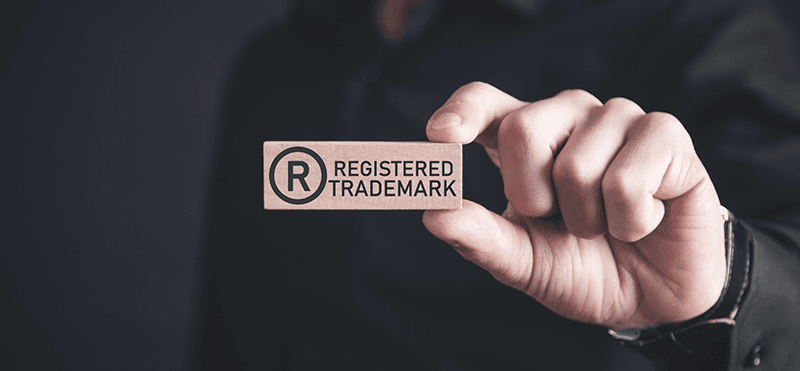IP Office always looks at certain factors when evaluating a trademark application. There are 2 main criteria:
Of course, you may try and submit the application regardless of meeting these criteria, but it is highly likely the relevant IP Office will refuse it. As to whether there is any way around it, following the potential refusal, you could try to persuade the IP Office that the mark you want to register has acquired distinctiveness through use.
Trademarks serve a different purpose than business names. Trademark's main objective is to help differentiate between the goods/services as to their origin. It follows that for the mark to be eligible for trademark protection, it has to have such a quality that the consumers can associate the mark with particular products or services. This means that the requirements on what can be a business name are more lenient than on what can be trademarked. While you can use fairly general terms as a business name, it does not automatically mean that you can have the same name registered as the trademark.
To ensure the trademark displays a sufficient level of distinctiveness, it should be descriptive of the products or services that it offers. If there is an issue with descriptiveness, generally, registering a figurative trademark instead would increase your chances. That's because logos tend to have visual elements in addition to words or letters, which increases distinctiveness and thus also decreases the motivation of existing trademark owners to challenge your application.
In terms of similar or identical trademarks already registered, some IP Offices are more strict than others, but generally speaking - your application is very likely to be refused if there is an identical trademark registered in the class or classes you wish to apply for.
There are several strategies you can use to increase the distinctiveness of your trademark, all explained in our Trademark Academy.






